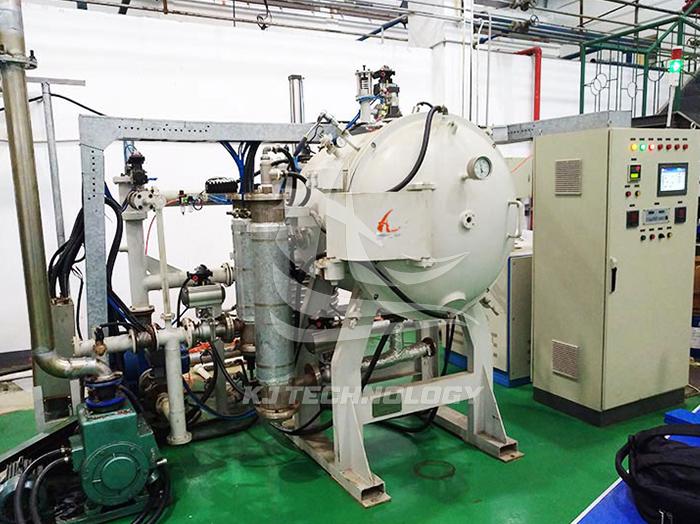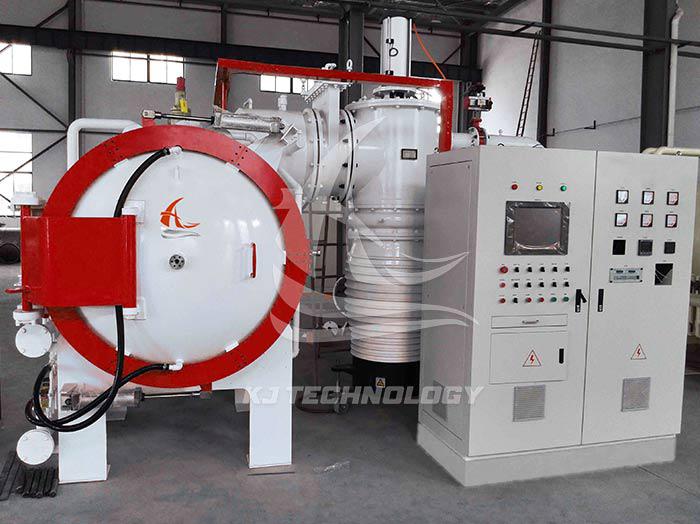Can a vacuum brazing furnace be filled with gas?
 03-21-2025 Author: KJ technology
03-21-2025 Author: KJ technology
In the process of vacuum brazing, in order to achieve better welding results, specific gases are usually introduced into the furnace according to process requirements. These gases play multiple roles during the welding process, such as protecting the welding area, improving the flowability of the brazing material, and preventing oxidation.
Specifically, after vacuuming, the vacuum brazing furnace will be filled with inert gases (such as nitrogen, argon, etc.) or other protective gases according to process requirements. These gases can:
Preventing oxidation: In a vacuum environment, although the oxygen content is already very low, injecting inert gas can further reduce the oxygen content and prevent oxidation reactions between the workpiece and the brazing material during the welding process.
Improving the flowability of brazing materials: Certain inert gases can promote the melting and flow of brazing materials, allowing them to better fill the gaps between workpieces and form high-quality welded joints.
Applying pressure: In some vacuum pressure brazing processes, a certain pressure of gas is also injected into the furnace to apply pressure to the welding area and promote a tight bond between the brazing material and the workpiece.
In addition, vacuum brazing furnaces are usually equipped with gas control systems that can accurately control the type, flow rate, and pressure of gas introduced to meet the needs of different processes.
In summary, introducing gas into the vacuum brazing furnace during the welding process is a common technique that helps to achieve better welding results.








